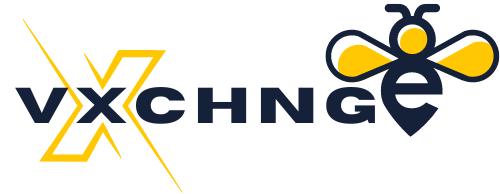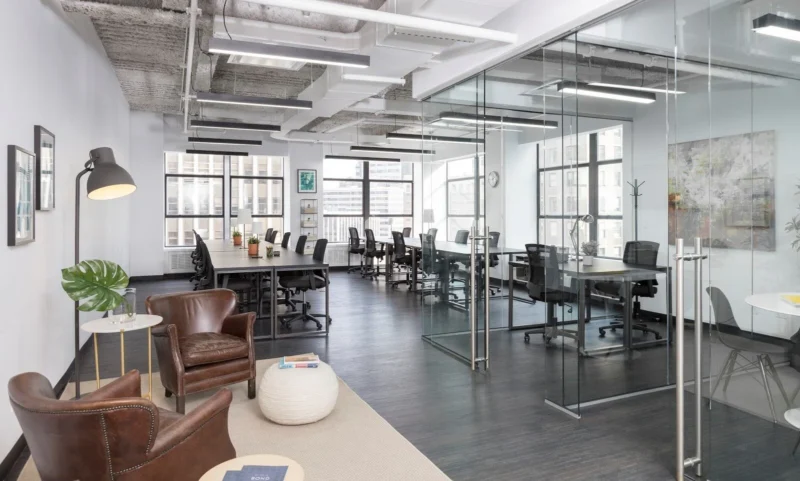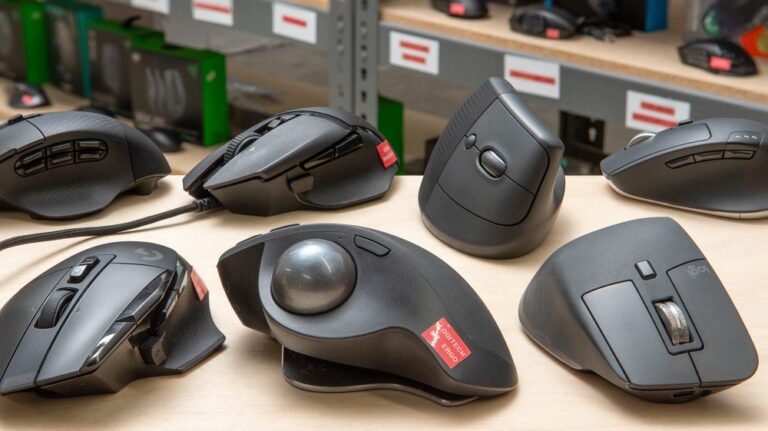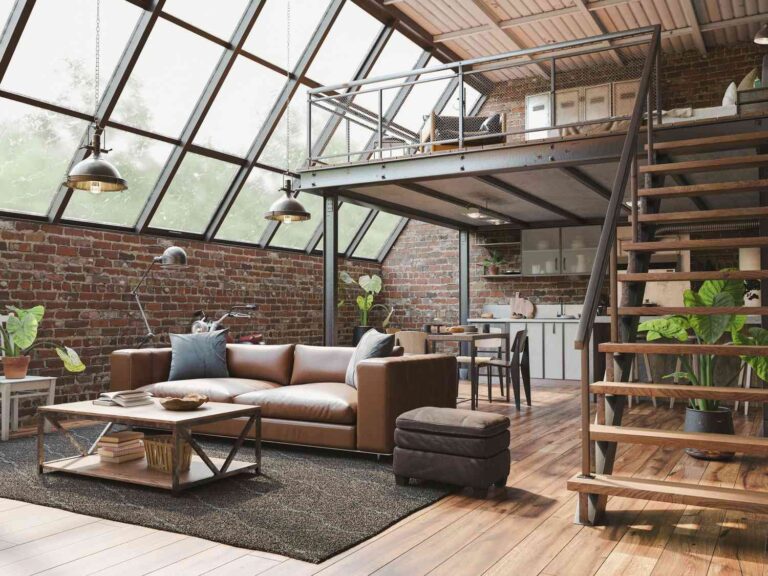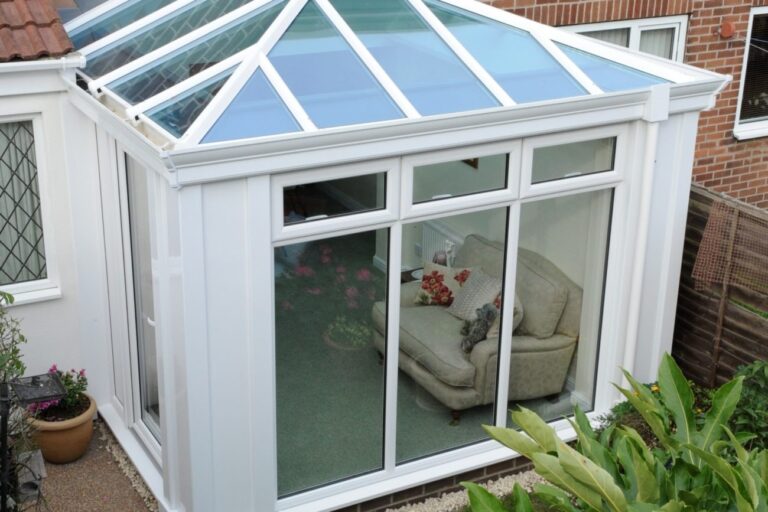Designing an office today isn’t just about furniture and paint – it’s about creating a professional environment that helps people focus, feel comfortable, and work together better. The way companies shape their spaces directly affects productivity, employee satisfaction, and even client impressions.
That’s why modern office design has shifted from being purely functional to becoming a strategic tool.
Why Office Design Matters More Than Ever
Companies have realized that office design is about more than aesthetics. A poorly designed space can drain energy, cause distractions, and leave employees disengaged. On the other hand, thoughtful layouts, lighting, and furniture choices can boost concentration, reduce stress, and create a stronger sense of purpose.
For clients and visitors, the design of a workspace sends an immediate message about the company’s professionalism. Walking into a modern, clean, and well-arranged office instantly communicates trust and capability. In short, design is no longer a background detail – it’s a strategic advantage.
Flexible Layouts and Multi-Purpose Spaces
Flexibility has become one of the strongest office design priorities. Work isn’t linear anymore. Some tasks require quiet focus, while others need open discussion. That’s why companies now embrace adaptable layouts.
Popular strategies include:
- Modular furniture – desks, chairs, and shelves that can be reconfigured for teams or individuals.
- Moveable walls – sliding panels allow spaces to change from open areas to private zones.
- Shared lounges – casual areas double as meeting points, relaxation spaces, or brainstorming zones.
This versatility only works when spaces are maintained. Many Southern California businesses, for example, rely on Orange county office cleaning providers to keep flexible zones spotless. A well-kept environment ensures employees want to use those spaces and clients always see them at their best.
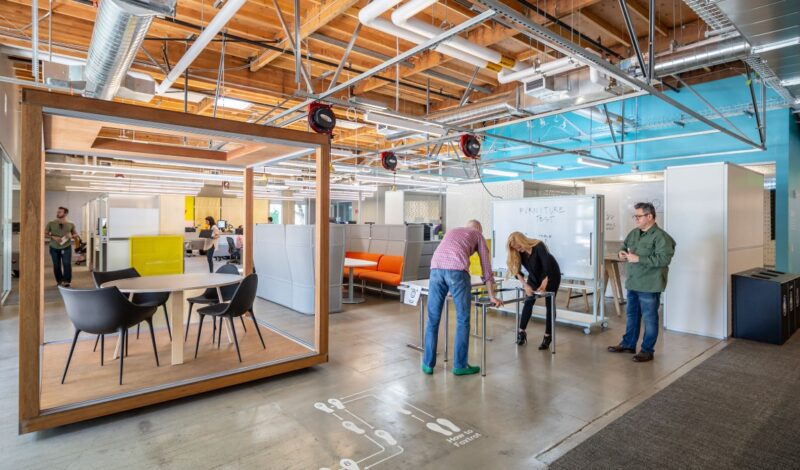
Technology Integration for Seamless Workflows
Technology has become the backbone of professional spaces. Offices are no longer defined only by desks and chairs but also by the digital tools that connect everything.
|
Area of Integration |
Examples in Modern Offices |
Benefits |
| Meeting rooms | Smart screens, instant video calls, wireless connections | Faster collaboration and hybrid support |
| Workstations | Wireless charging pads, dual monitors, ergonomic accessories | Better comfort and productivity |
| Building systems | Smart lighting, climate controls, automated booking systems | Efficiency and cost savings |
Employees expect workplaces to support the same digital ease they have at home. When done right, tech integration eliminates wasted time and frustration.
Wellness-Focused Workspaces
A growing trend is the focus on employee well-being. Workplaces now prioritize health and comfort just as much as efficiency.
Some wellness features include:
- Standing desks and ergonomic seating to reduce strain.
- Natural lighting and large windows for improved energy and mood.
- Biophilic design (plants, greenery, water features) to bring nature indoors.
- Quiet rooms or meditation corners where staff can recharge.
Offices that promote wellness also send a cultural signal: employees matter. And that message is powerful for retention.

Sustainability as a Design Standard
Sustainability has moved from “nice-to-have” to a core requirement. Companies invest in environmentally conscious design to lower costs, attract talent, and align with global responsibility.
Instead of just looking trendy, these changes deliver real impact:
- Energy efficiency with LED lights and smart HVAC.
- Furniture from recycled materials for lower footprint.
- Green certifications to showcase commitment to clients.
The outcome is a space that saves money, improves employee morale, and enhances reputation.
Cleanliness and Order as Extensions of Design
Even the best-designed offices lose their appeal if clutter builds up. Cleanliness is now considered part of design itself.
Think of it this way:
- A minimalist desk layout looks intentional only when it’s free of dust and piles of papers.
- Collaborative areas work only if they’re tidy enough to attract teams to use them.
- Reception areas must always reflect professionalism, because they shape first impressions.
Professional cleaning, organized storage, and good layout planning ensure the design remains sharp and inviting every day.
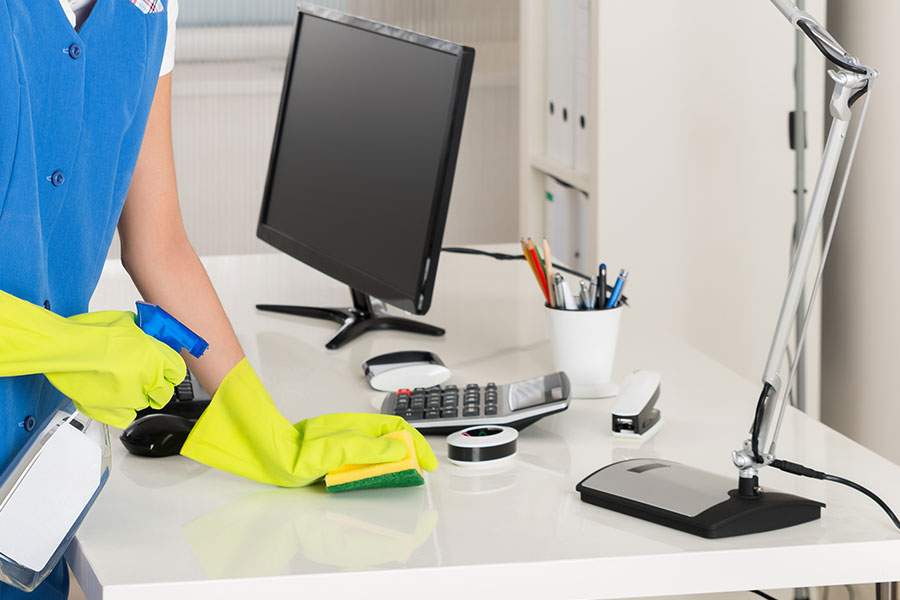
Collaborative Areas That Foster Connection
The role of the office has shifted in the hybrid era. Instead of being just a place for solo work, it’s increasingly a hub for collaboration.
Companies are investing in:
- Brainstorming lounges with writable walls or digital boards.
- Large communal tables for group projects.
- Informal meeting corners with soft seating that encourage creativity.
These areas justify the commute – people come not just to sit at a desk but to connect and build ideas with others.
Private Zones for Focus and Balance
Open spaces are useful, but they don’t fit every task. That’s why modern design balances collaboration with private areas.
- Focus pods with soundproofing allow distraction-free work.
- Small “phone booths” give employees privacy for calls.
- Quiet rooms offer refuge from busy environments.
The key trend here is choice – letting workers decide if they want to collaborate or focus alone. This balance respects different work styles and increases overall efficiency.
Color Psychology and Atmosphere
Colors and lighting set the tone of a workspace. Modern office design increasingly uses psychology to influence mood.
- Blues and greens encourage calm and focus.
- Neutral tones create professionalism and avoid distraction.
- Accent colors like orange or yellow add energy to brainstorming areas.
Lighting follows a similar logic: natural daylight is best, but warm LEDs are used to mimic it where windows are limited. The goal is to create spaces that feel energizing rather than draining.

Looking Ahead ─ Offices as Brand Experiences
Future office design will go beyond functionality and become part of the brand identity itself. Visitors won’t just see an office – they’ll experience the company’s values in real space.
This will involve:
- Personalized art and storytelling walls.
- Layouts that highlight company culture.
- Spaces that reflect mission and values as much as workflow.
An office that doubles as a brand experience not only inspires employees but also impresses clients in a way no brochure can.
Final Thoughts
Office design today is a blend of flexibility, wellness, technology, and sustainability. Each trend reinforces the others, shaping work environments that are efficient yet human-centered.
Modern offices are no longer just places where work gets done. They are spaces that influence how people feel, connect, and perform every day. Companies that invest in thoughtful design aren’t following a trend – they’re setting themselves up for long-term success.
